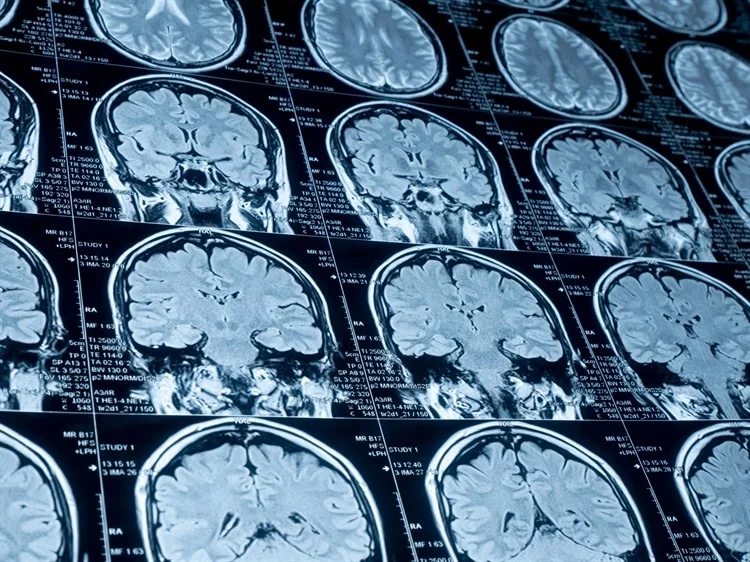New findings from a study set to be presented at the Radiological Society of North America’s annual meeting have unveiled microstructural brain changes in patients with long COVID, highlighting potential associations between long COVID symptoms and specific alterations in cerebral networks. This research represents the first-ever study comparing long COVID patients to both a group without a history of COVID-19 and a group that had previously experienced a COVID-19 infection but displayed no impairment.
Led by Alexander Rau from the University Hospital Freiburg in Germany, the study employed a relatively novel brain imaging technique called diffusion microstructure imaging (DMI). By tracking the movement of water molecules through brain tissue, this technique provides a high-resolution image of the microstructures of the brain.
In their investigation, the researchers did not observe any significant differences in brain lesions or abnormalities when comparing COVID patients to uninfected individuals. However, a closer examination of microstructural brain differences revealed significant changes in the COVID cohorts. Rau stated, “Interestingly, we observed gray matter alterations in both patients with long COVID and those unimpaired after a COVID-19 infection. We noticed widespread microstructural alterations in patients with long COVID, as well as in those unimpaired after contracting COVID-19.”
So, what sets long COVID patients apart from those who fully recover?
The researchers discovered that three constellations of long COVID symptoms (fatigue, loss of the sense of smell, and cognitive impairment) could be linked to specific patterns of microstructural changes in the brain. Therefore, the distinction between long COVID patients and recovered patients appears to lie in how the illness reshapes the brain. Rau commented, “Expression of post-COVID symptoms was associated with specific affected cerebral networks, suggesting a pathophysiological basis of this syndrome.”
While these results confirm the genuine pathological foundations underlying long COVID, they also raise several questions that the researchers hope to explore further in future investigations. For instance, will these microstructural alterations improve over time as a long COVID patient’s symptoms evolve? Additionally, is there anything that predisposes a COVID patient to develop the brain changes characteristic of long COVID?
This pioneering study sheds light on the impact of COVID-19 on brain structures, providing insight into the potential neurological effects of the disease and paving the way for further research on long COVID. Understanding these structural brain changes is crucial for developing targeted interventions and treatments for long COVID patients, ultimately improving their quality of life and recovery process.



